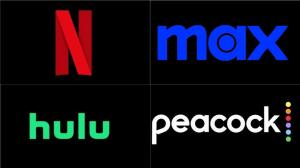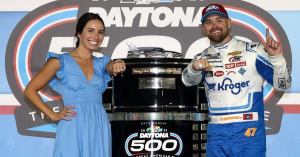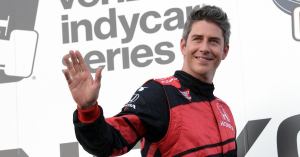The 2021 Indy 500 is here. After 2020’s whirlwind season — in which the Indianapolis 500 was delayed to August — things are essentially back to normal this year. As part of this, IndyCar’s premier race is back on its standard date. Like the Daytona 500 for NASCAR, the Indy 500 has more than a century of history, with countless racing legends making names for themselves at Indianapolis Motor Speedway.
How to watch the Indy 500
- What: Indianapolis 500
- Date: Sunday, May 30, 2021
- Time: 12:30 p.m. ET
- Location: Indianapolis Motor Speedway in Speedway, Indiana
- TV: NBC
- Online Stream: Peacock and FuboTV (Get a free trial)
Videos by PopCulture.com
Last year, Takuma Sato won the Greatest Spectacle in Racing, and it was his second Indy 500 win. This year, Scott Dixon, who has won 50 IndyCar Series races in his career, looks to win his second Indianapolis 500 after becoming the fastest qualifier this week.
“What makes Scott so amazing is that in so many ways he still sees himself as that guy, even now,” Chip Ganassi Racing teammate Tony Kanaan said Thursday per ESPN. “But what he has done has been to become one of the best there’s ever been.”
When was the first Indy 500?
The first “Indy 500” took place in 1911, but at that time it was called the “International Sweepstakes.” The field consisted of 40 starters and the winning average speed was under 75 mph.
Why is it called the Indy 500?
The race lasts 500 miles and takes 200 laps to complete. As a result, the race will last around three hours, as the average speed for the winning driver is around 157-175 mph.
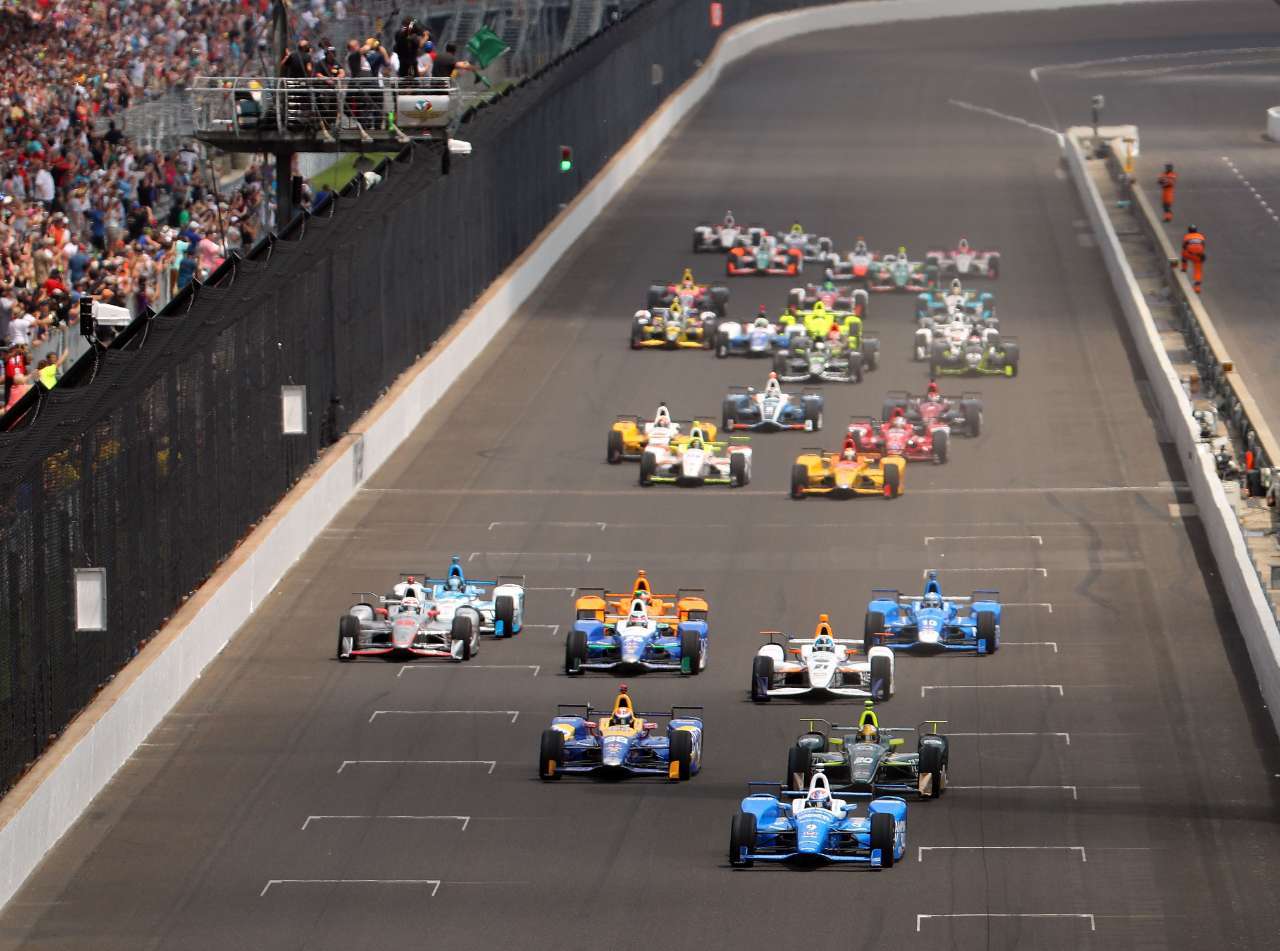
Why is the Indy 500 so famous?
The popularity of the Memorial Day weekend race has a lot has to do with its longevity. With the Indianapolis 500 beginning in 1911, it’s older than some of the most prestigious races in the world, including 24 Hours of Le Mans (1923), the Monaco Grand Prix (1929) and the Daytona 500 (1959).
Who was the first Indianapolis 500 winner?
The winner of the 1911 Indy 500 was Ray Harroun, who had an average speed of 74.59 mph. He won a total of 19 races in his career as was inducted into the Indianapolis Motor Speedway Hall of Fame in 1952.
Which IndyCar Driver has won the most races?
Three drivers have won the Indy 500 four times. A.J. Foyt won it in 1961, 1964, 1967 and 1977. Al Unser won it in 1970, 1971, 1978 and 1987. Rick Mears won it in 1979, 1984, 1988 and 1991.
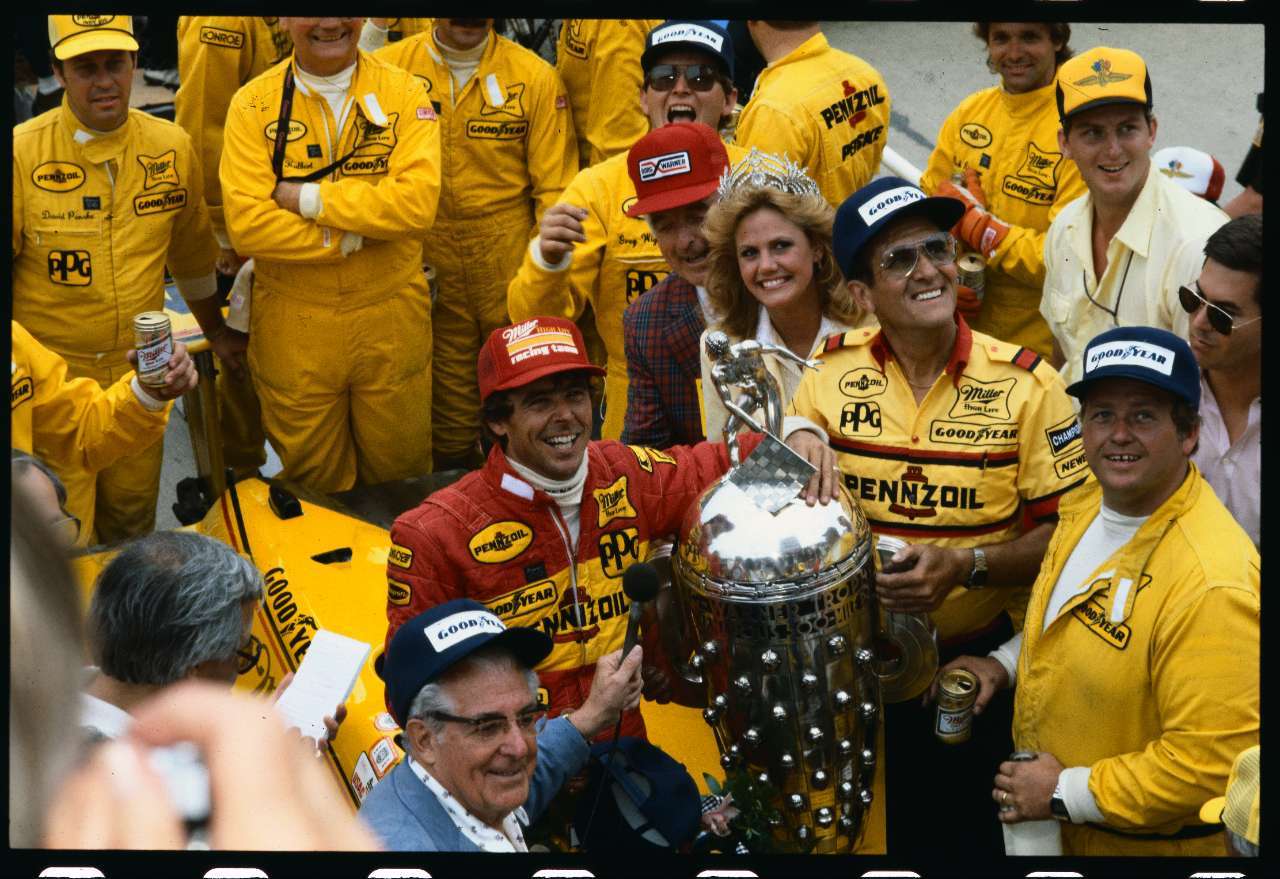
What is the Pole Position and who has it for 2021?
The phrase pole position refers to the prime starting spot at the beginning of an auto race. This is inside lane of the first row at the start of a race. At the Indy 500, pole position is determined from the first day of time trials based on four, consecutive laps.
Scott Dixon has the pole position for the 2021 Indianapolis 500. This is the fourth time Dixon – a six-time IndyCar champion – has won the pole at the Brickyard.
Which company owns the most winning cars?
Penske Racing, now called Team Penske, has won 18 Indy 500 races since 1972. The latest victory came in 2019 with Simon Pagenaud took home the checkered flag. He he also won the IndyCar Grand Prix that year.
How much are tickets?
Tickets for the 2021 Indianapolis 500 are sold out, but pricing ranged from $50 to $250 each, depending on the location around the track. Officials say 135,000 people are expected to attend the race at Indianapolis Motor Speedway.
Though the race is sold out, fans can purchase tickets through secondary markets. According to SeatGeek, the ticket prices start around $157.
Why do Indy 500 winners drink milk?
It started in 1936 when Louis Meyer asked for buttermilk to refresh himself after winning the Indy 500. This caught the eye of an executive from the Milk Foundation and promised to have it repeated every year.
According to the Indianapolis Motor Speedway, for races between 1947-1955, milk was no longer offered at the track. But the practice was revived in 1956 and has been a Brickyard tradition ever since.


